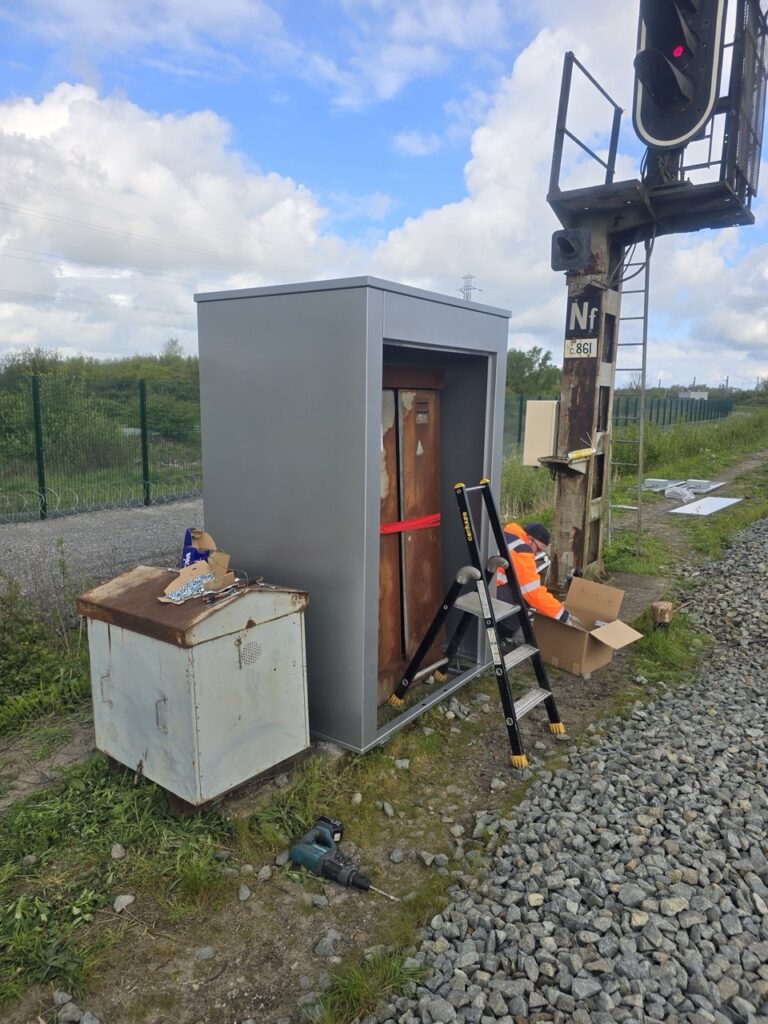5 Key Considerations for Installing Railway Signalling Equipment Racks
Introduction
Inside every railway signal cabinet or relocatable equipment building (REB), the equipment rack is the structure that holds everything together. A well-designed rack installation ensures reliability, efficient maintenance, and the capacity to handle future upgrades. Poor planning, on the other hand, can lead to overheating, unsafe cabling, and costly rework.
Here are five critical factors engineers and procurement managers should consider when specifying and installing signalling equipment racks.
1. Rack Layout and Airflow
Thermal management is one of the most important aspects of rack design. Equipment should be arranged to promote airflow, with hot and cold pathways clearly considered. Ventilation, filters, and heating elements may be required to prevent condensation and maintain stable operating temperatures.
2. Cable Management Best Practices
Cable routing within racks must support both reliability and serviceability. Recommended practices include:
- Using trunking, guides, and ties to keep cables secure
- Labelling connections for quick identification
- Allowing service loops for adjustments and maintenance
- Keeping power and signalling cables separate to reduce interference
Well-managed cabling improves safety and makes future upgrades more efficient.
3. Power Distribution and Redundancy
Signalling racks must provide stable and redundant power supply options. This includes:
- Reliable distribution panels
- Backup power units or batteries
- Clear load balancing across circuits
Redundancy ensures that critical signalling continues even during outages or faults.
4. Structural Integrity and Load-Bearing
Racks must be engineered to carry the full weight of installed equipment, including future expansions. Proper anchoring is essential to withstand vibration and environmental conditions around railway infrastructure. Overloaded or poorly secured racks can lead to equipment failure or safety incidents.
5. Future-Proofing the Installation
Rail technology evolves rapidly, and racks should be designed with expansion in mind. Features that support future upgrades include:
- Modular layouts with spare capacity
- Space for fibre optic and digital networking equipment
- Easy access for integration of new monitoring systems
A future-proof rack reduces the need for major redesigns and keeps projects cost-efficient in the long term.
Conclusion
Railway signalling racks may be hidden inside enclosures, but their design and installation have a direct impact on safety, performance, and project costs. By focusing on layout, cabling, power, load-bearing, and future-proofing, rail operators can ensure long-lasting reliability.
Maximise the efficiency and safety of your signalling enclosures. Get a quote for our custom equipment racks from Aliastrading UK.

